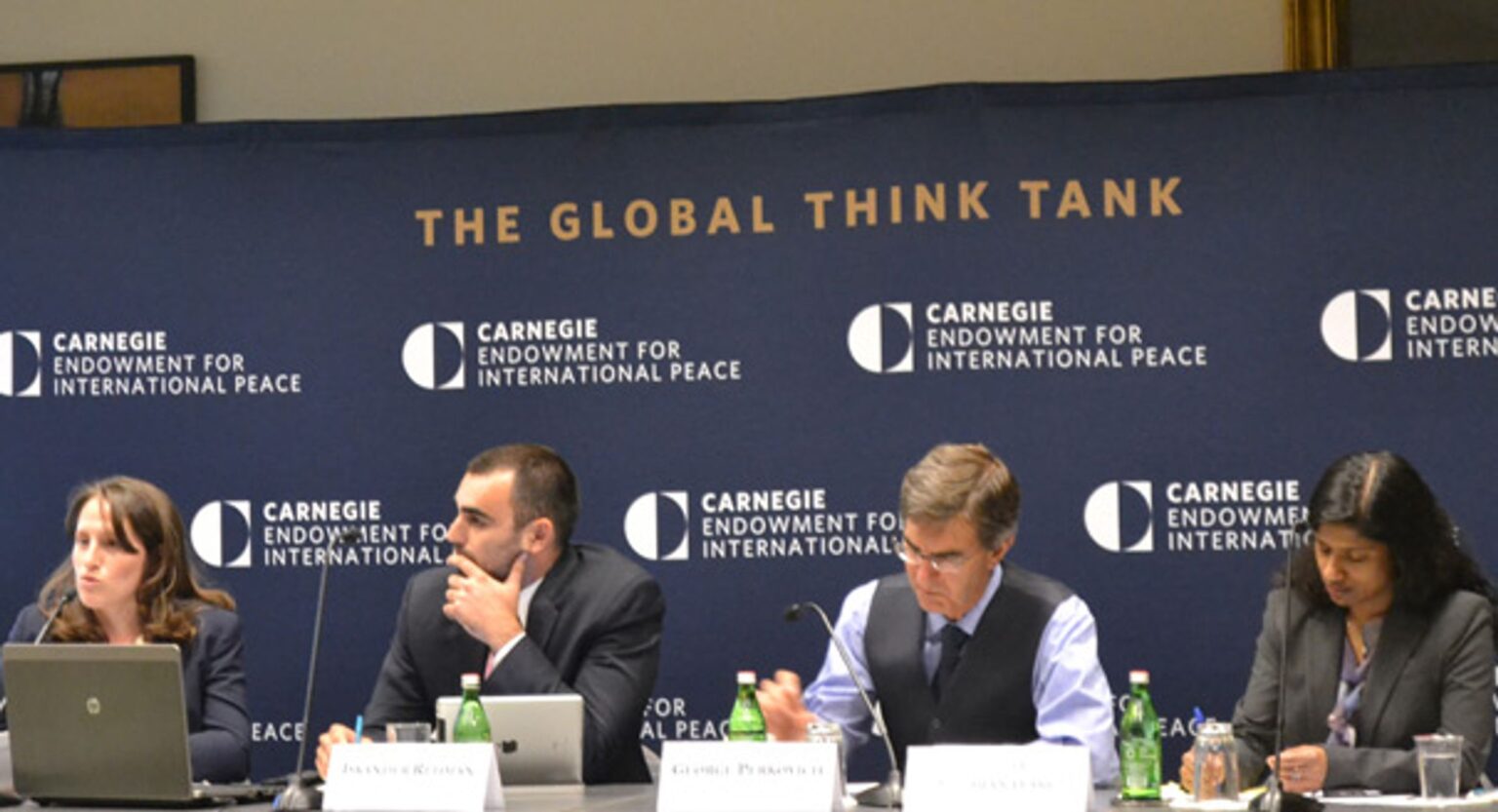The Carnegie Endowment for International Peace, a heavyweight in the world of geopolitics and economics, has released a comprehensive report detailing Morocco’s economic and social progress. Penned by economist Alexandre Kateb, the study titled “Morocco’s Long Road to Economic Transformation” charts the nation’s achievements and challenges over the past 25 years, offering an assessment of its growth trajectory.
Winds of Change Under Mohammed VI
Since King Mohammed VI ascended the throne in 1999, Morocco has embarked on a path of significant change. As outlined by the Carnegie report, life expectancy has improved, educational levels have risen, and the country has positioned itself as the continent’s top car producer and exporter, overtaking South Africa. It has also emerged as a critical player in global value chains, particularly in the automotive sector.
Yet, the study doesn’t shy away from pointing out the headwinds Morocco has faced. Recent crises, ranging from the COVID-19 pandemic to successive droughts and a devastating earthquake in the Haouz region in 2023, have exposed the country’s persistent social vulnerabilities. “These events have highlighted Morocco’s need to address rising poverty, unemployment, and other social challenges,” notes Kateb.
A Modernization Drive
Morocco’s infrastructure development in the early 2000s laid the groundwork for its economic transformation. The country has invested heavily in modernizing its infrastructure, with a sprawling network of motorways and the rise of Tangier Med, a bustling port that has become an essential gateway to global trade. Moreover, the introduction of Africa’s first high-speed train, the TGV, signifies Morocco’s ambition to carve out a role as a modern, forward-looking nation.
Shifting Economic Strategies
In navigating the tides of globalization, Moroccan policymakers have crafted a strategic approach to ensure the country’s inclusion in technology-driven value chains. Drawing inspiration from Harvard’s Growth Lab, Morocco leveraged its infrastructure investments, especially in Tanger Med, to integrate into high-value sectors such as automotive and aerospace. The strategy has borne fruit, with the manufacturing sector’s share of FDI soaring from 15% to 37% between 2010 and 2019, largely on the back of gains in the automotive industry.
The Green Ambition
As a signatory of the Paris Agreement, Morocco has set its sights on renewable energy as a pillar of its development. The Noor solar complex, one of the largest in the world, is an emblem of this ambition. However, the Carnegie report points out that renewables still account for less than 20% of Morocco’s electricity production and only a tenth of its primary energy consumption. The challenge is evident: how to transition more rapidly from fossil fuels to sustainable energy sources while maintaining growth.
Water management has emerged as another pressing issue, prompting the government to launch a $40 billion National Water Management Plan. But while such initiatives demonstrate Morocco’s willingness to tackle environmental challenges, they also underscore the complexity of balancing sustainability with economic expansion.
Navigating a Multipolar World
For decades, Morocco has maintained a strategic relationship with the European Union, a partnership that has fueled trade and investment. According to Kateb, “despite occasional tensions, this partnership has facilitated manufacturing exports and FDI from the EU, while granting Moroccan producers better access to European markets.”
At the same time, Morocco has turned its gaze southward, investing heavily in sub-Saharan Africa and establishing itself as a regional player in sectors like finance and telecommunications. However, the stalled bid to join ECOWAS has prompted Rabat to explore other avenues, such as the newly launched Atlantic Initiative, aimed at fostering sustainable economic ties among 23 Atlantic coastal countries in Africa.
In a rapidly shifting geopolitical landscape, Morocco has skillfully maintained a non-aligned stance, balancing relationships with the US, China, and other global powers. As the Carnegie analysis suggests, this positioning could serve as an asset in navigating the challenges of a multipolar world.
The Internal Challenges Ahead
Despite Morocco’s progress, Kateb emphasizes the necessity of tackling internal disparities. The country faces the risk of being trapped in the “middle-income” bracket unless it invests more in human capital, fosters innovation, and creates a more competitive business environment. The path forward, he argues, lies in generating more job opportunities, especially for women and young people, while reducing regional and social inequalities.
The looming specter of public debt—currently exceeding 80% of GDP—presents another obstacle. While fiscal prudence is necessary, striking a balance between managing debt and investing in long-term growth is crucial for Morocco’s continued progress.
A Delicate Diplomatic Balancing Act
The report also underscores the geopolitical challenges Morocco faces. Relations with neighboring Algeria remain strained, particularly over the Western Sahara issue, despite gaining support from the US, Spain, and France for its autonomy plan. According to Kateb, these diplomatic tensions are a “potential impediment to regional cooperation and stability,” which are essential for sustained economic development.
The Road Ahead
Morocco stands at a pivotal moment. Its journey from a low-income to a middle-income economy has been marked by bold infrastructure projects, strategic alliances, and a vision for a sustainable future. Yet, the next phase of its transformation will require an even more audacious approach—one that confronts internal disparities, embraces technological innovation, and carefully navigates the turbulent waters of international politics.
The Carnegie Endowment’s report makes one thing clear: while Morocco has made commendable strides, the road to becoming a fully developed, inclusive economy remains a marathon, not a sprint.


